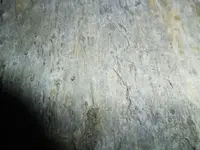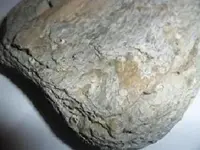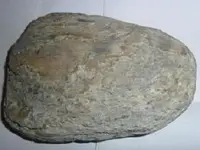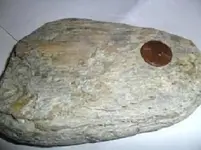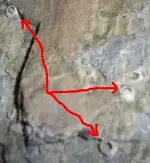JUDDZILLA
Jr. Member
- Joined
- Dec 11, 2011
- Messages
- 45
- Reaction score
- 0
- Golden Thread
- 0
- Location
- Allentown, Pa.
- Primary Interest:
- Other
- #1
Thread Owner
Hey everyone, this one was given to me by a friend who came across it at an estate sale. Very nice looking and large. I haven't tried to clean it AT ALL because I am afraid of doing more damage than good. Any feedback would be appreciated. Thanks. 



